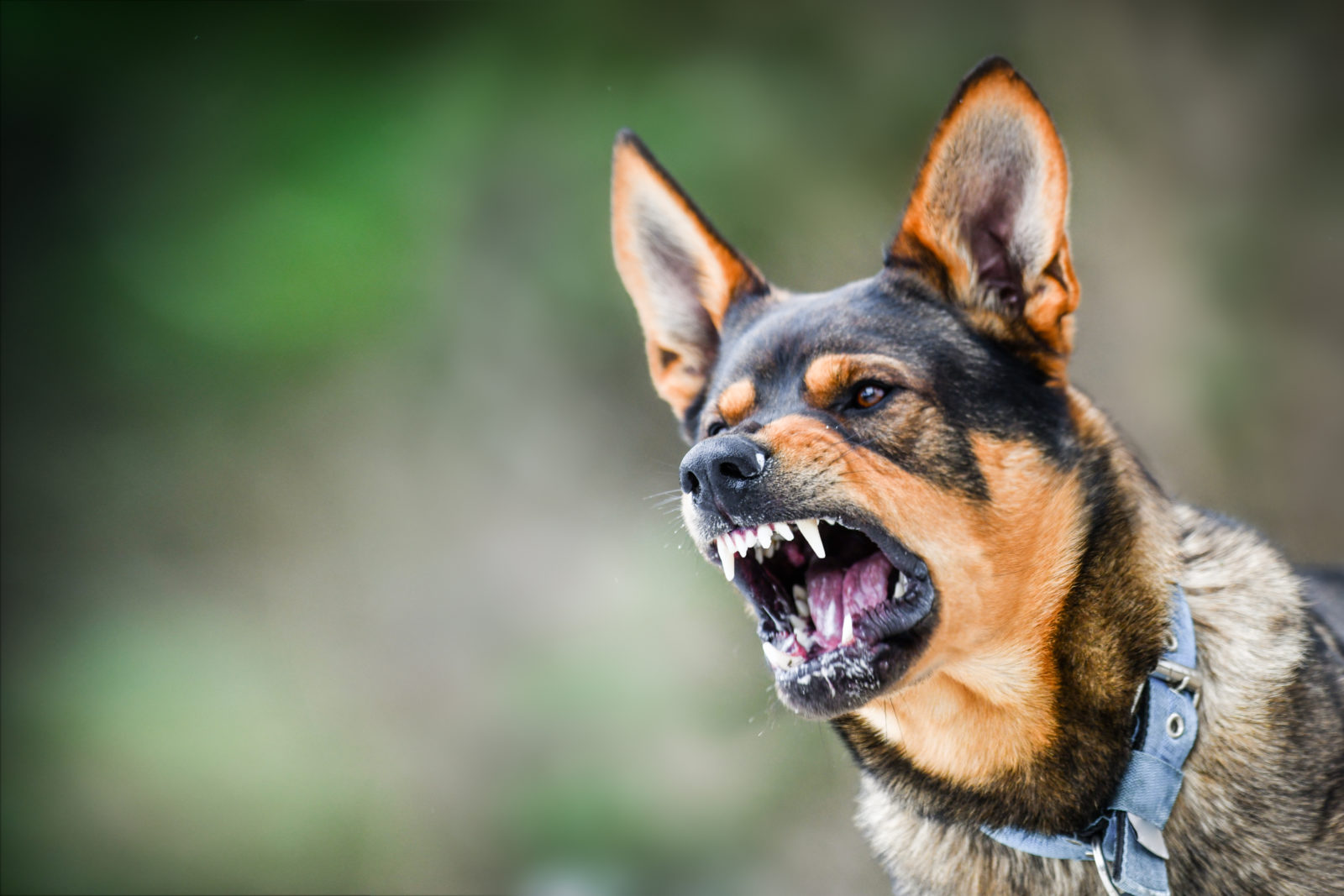The Victorian Civil and Administrative Tribunal (“VCAT“) recently upheld a decision by Ararat Rural City Council (“Council“) to declare the Applicant’s dog, “Poppy,” a dangerous dog pursuant to s34(1)(a) of the Domestic Animals Act 1994 (“the Act“).
On 26 June 2021, a 21 year old female (“Ms Cameron“) and her dog Roxy, a female English Blue Staffordshire, were walking past the residence in which Poppy, a 4 year old Blue Heeler, resided. Poppy ran through a damaged part of the fence and charged towards them. Ms Cameron picked up Roxy and held her dog across her shoulder and spun around which cause Poppy to jump up and down in an attempt to reach Roxy. During what was described as a chaotic ordeal, Ms Cameron sustained a bite on her left forearm and fell to the ground. She hit her head on the bitumen, sustained heavy bruising over her body and grazed both knees. Roxy also sustained a puncture wound on her right foot. Poppy was eventually able to be restrained by Poppy’s owner and Applicant in the proceedings, Mr Ruthven, by lying on her and rolling down a nearby embankment. Immediately after the incident Ms Cameron was taken to hospital for treatment of her injuries, Roxy was taken to the vet and Poppy was seized by Council officers and impounded.
Following the incident, an investigation was conducted by the Council which resulted in a dangerous dog declaration being made on 27 August 2021.
On 9 November 2021, while impounded, Poppy was involved in a second incident with another dog named Bo, who was tied up within his enclosure. Mr Ruthven was present during the second attack and was able to eventually pull Poppy away from Bo. Both dogs sustained injuries during this incident.
During the proceedings Mr Ruthven conceded that Poppy had displayed aggressive behaviour towards some animals in the past, however she had no issue with humans. He gave evidence that he had decided not to breed Poppy due to his concerns surrounding her temperament. Mr Ruthven accepted that certain controls were required in order to prevent Poppy from escaping the premises in future, however he did not consider the injuries sustained by Ms Cameron or Roxy satisfied the “serious” requirement under the Act.
Evidence was given at hearing that on the day prior to the first incident, Mr Ruthven was aware that his fence had become compromised as Poppy had escaped and was chasing local kangaroos. It was accepted by the VCAT member that Mr Ruthven was aware that on the day of the incident with Ms Cameron, Poppy was going to escape through the very same section of the fence.
Ultimately VCAT was satisfied that the injuries sustained by Ms Cameron and Roxy were in fact of a serious nature. In her decision, the VCAT member thoroughly examined all relevant indicia which included the conduct of the dog owner prior to and following the event, the injuries sustained by any victims and the likelihood of further attacks in future. The VCAT member noted her concerns regarding Mr Ruthven’s inability to control Poppy, either via voice commands, or by physical means, particularly during the attack on Ms Cameron. She noted it took enormous control to restrain Poppy on this occasion, and it took some time before Mr Ruthven was able to pull Poppy away from Bo during the second incident at the pound.
The decision also took into consideration the stringent restrictions that are imposed on a dog and its owner once it is declared dangerous. However the VCAT member did not accept that any particular hardship imposed would outweigh the need to protect the safety of the public and other animals in the community.
When reviewing a decision made by Council to declare a dog as dangerous, VCAT has the ability to affirm or set aside the decision entirely, even if the serious injury requirements under the Act have been satisfied. It can also refer the decision back to Council for it to be reconsidered. VCAT may also consider the process undertaken by Council in making its decision and whether procedural fairness was provided to a dog owner during the investigation process. To this effect, we note the requirement for Council to notify a dog owner of its intention to declare a dog dangerous and allow the owner a reasonable opportunity to make both written and oral submission to Council.
In addition to the above, VCAT will also take into consideration whether the dog poses a greater risk to people and animals compared to other dogs, and what measures sufficiently protect the community.
This recent decision demonstrates the wide range of discretionary powers vested in VCAT when reviewing any decision made by Council under the Act. Accordingly, careful consideration should be given to all relevant circumstances prior to making a dangerous dog declaration, or any other declaration pursuant to the Act.



























